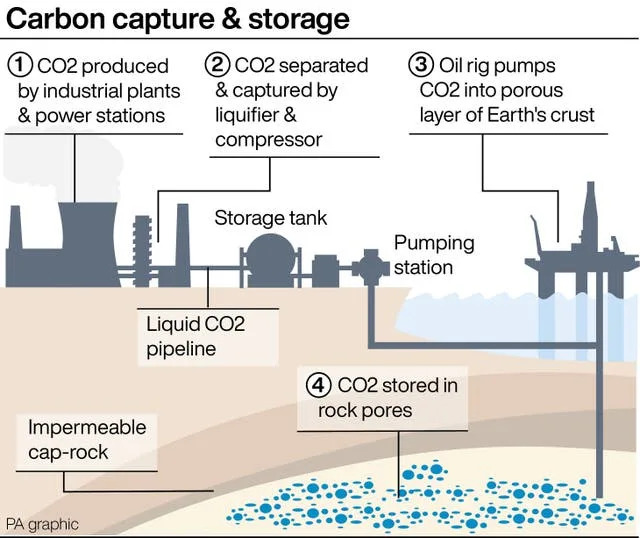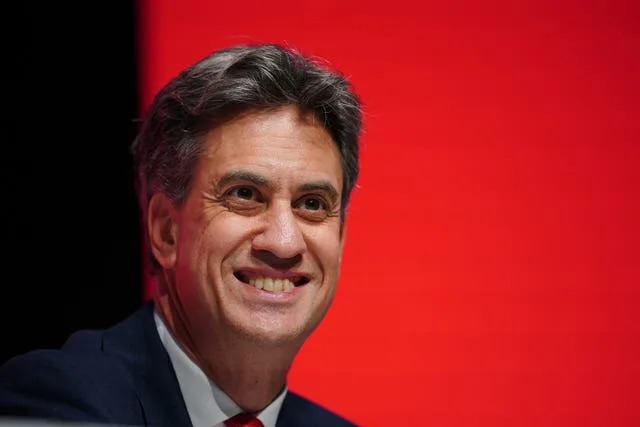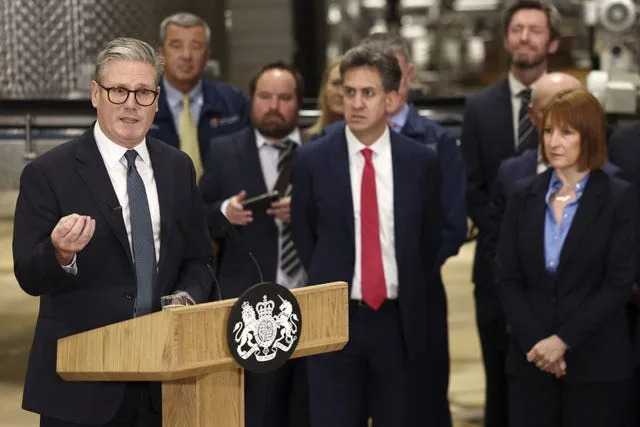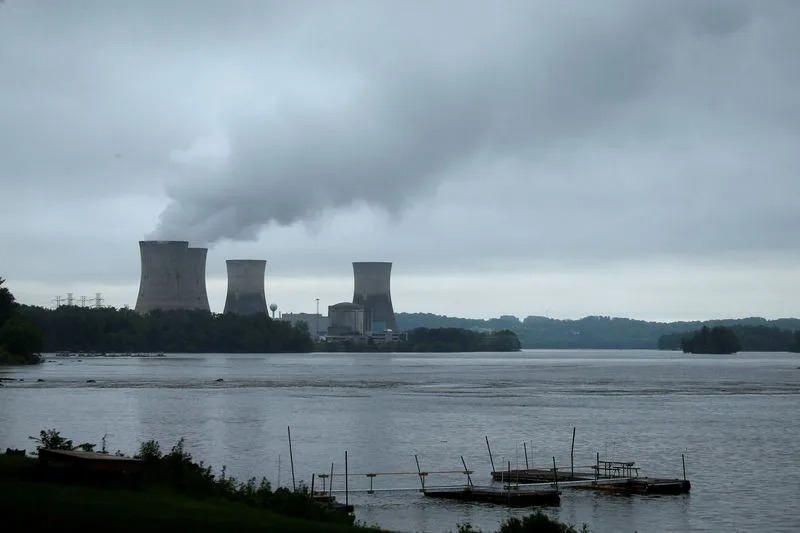SCOTLAND
Union warns strike will close schools in John Swinney’s constituency
Katrine Bussey, PA Scotland Political Editor
Tue, October 8, 2024
Union leaders have announced strike action that could close schools across Scottish First Minister John Swinney’s local area for two weeks.
Unison said it has given notice to Perth and Kinross Council for strike action by members in schools and early years centres.
The union, which is the largest local government trade union in Scotland, hopes targeting the action in Mr Swinney’s constituency will “bring home to him the importance of finding a fair settlement” to the council pay dispute.
It comes after the union voted against the latest pay offer from local government umbrella body Cosla, which will see staff receive an increase of either 67p an hour or 3.6%, whichever is higher.
Council leaders in Scotland have already voted to impose the deal despite Unison’s opposition, saying that two other unions – GMB and Unite – have accepted it.
However, Unison said that its members are angry that the pay deal they have been offered lags behind that of other public services – with nurses and other NHS staff being given a 5.5% wage hike.
The strike action could see schools and early years centres in Perth and Kinross closed for two weeks from October 21.
The union said however that with the action taking place immediately after the October holiday, schools could be closed to youngsters for four weeks in total.
Stuart Hope, Unison’s Perth and Kinross branch secretary, urged the First Minister to talk to union members on the picket line “to hear how undervalued council staff in his constituency feel”.
Mr Hope said: “Taking action like this is the last thing school and early years staff want to do.
“Employees are taking this first stand on behalf of all local government workers because they’ve seen a decade of pay cuts and they see other sectors being offered deals of greater value.”
He added: “A fair pay deal should have been in place from April 1 but six months later it’s still not been agreed.
“Instead, the employer has imposed a wage rise rejected by a majority of the workers Unison represents. Yet again local government staff are being forced to strike to simply get fair pay.
“The Scottish Government needs to understand that council staff need more than platitudes. Ministers must tackle the severe decline in local government funding and start to value councils and their dedicated workforce as they do other areas of public services.”
But Finance and Local Government Secretary Shona Robison said: “While this government respects workers’ rights, no-one’s interests will be served by industrial action which will disrupt children and young people attending schools and nurseries in Perth and Kinross.
“The pay offer is better than that made to local government workers in the rest of the UK and will see the lowest-paid workers, including Unison members, receive a 5.63% pay increase.
“I hope that Unison members recognise the strength of this offer which has already been accepted by GMB and Unite.”
Meanwhile Cosla resources spokesperson, Councillor Katie Hagmann, said council leaders had agreed to implement the “strong” pay offer “in order to ensure all staff can receive their pay uplift and backpay without further delay”.
Ms Hagmann added: “The offer is worth 4.27% across the workforce and is aligned to the pay award for teaching staff, which has been agreed with the teachers’ panel and all other pay bargaining groups. ”
She insisted the pay rise “offers a fair, above inflation and strong settlement for all our employees” adding: “It is at the absolute limit of affordability in the extremely challenging financial – there is no further funding available to increase the value of the offer.”
She added: “We are aware that communities will be concerned about the detrimental impact industrial action would have, particularly for our children and young people.
“Industrial action is in nobody’s interests, and we urge Unison to reconsider the strong offer, which was accepted by both GMB and Unite. “


















